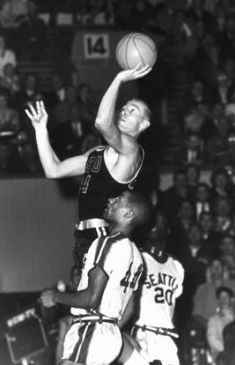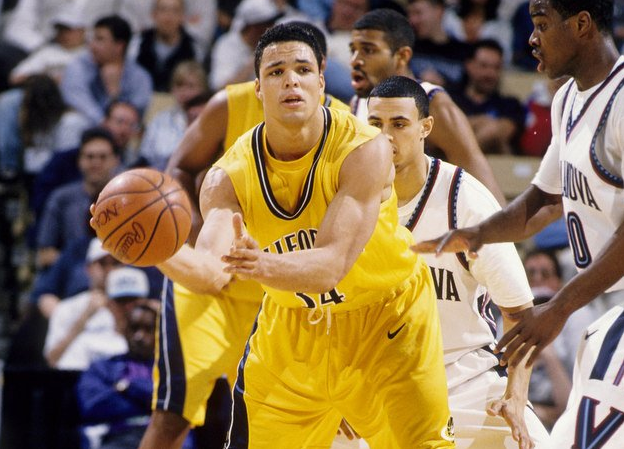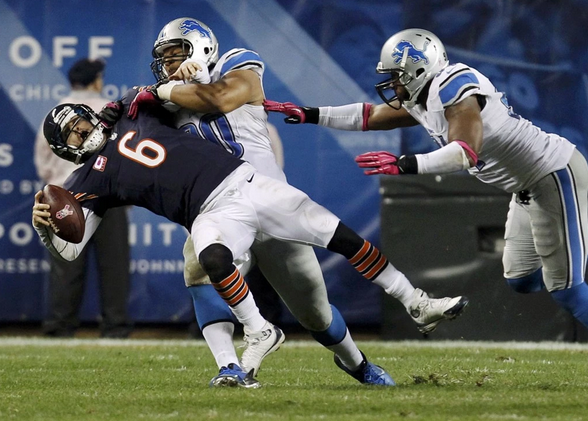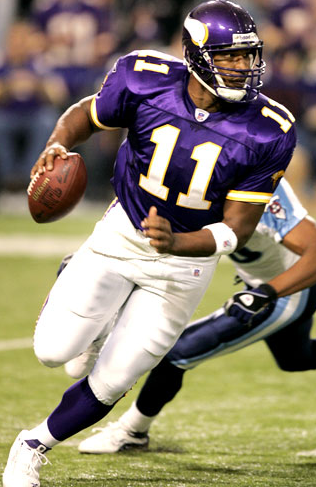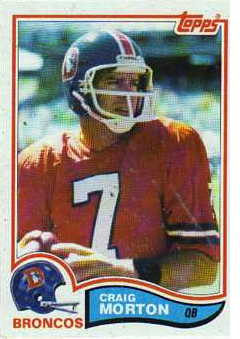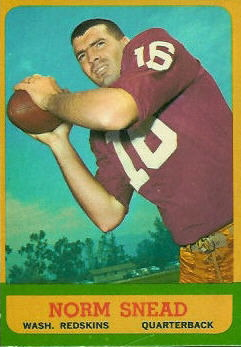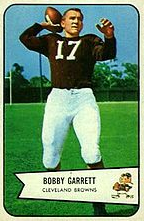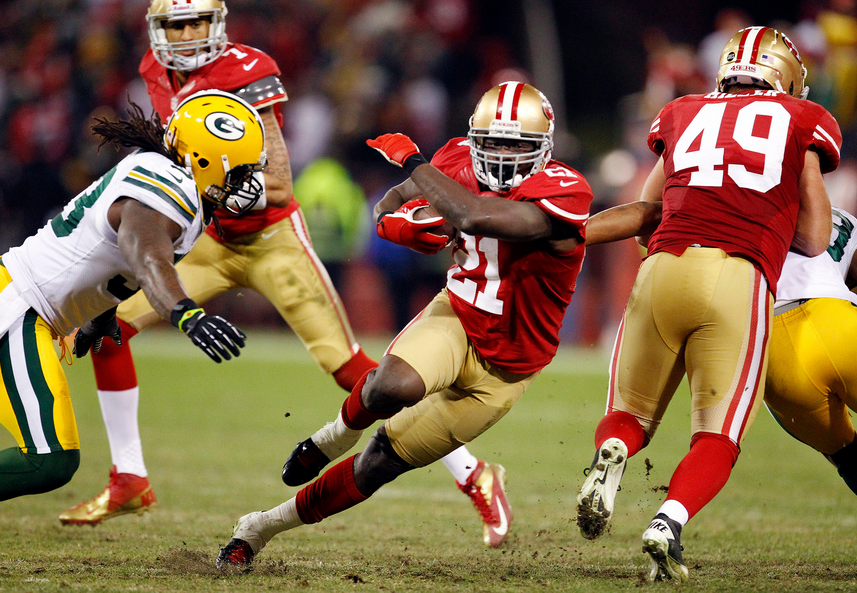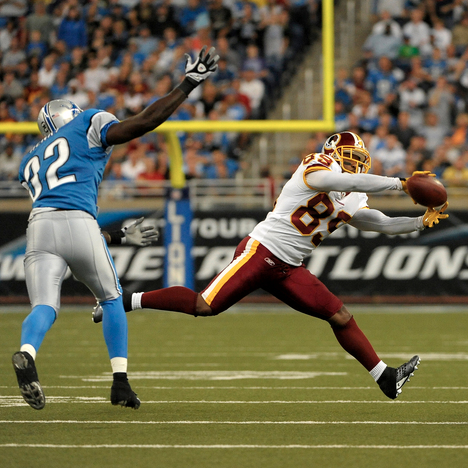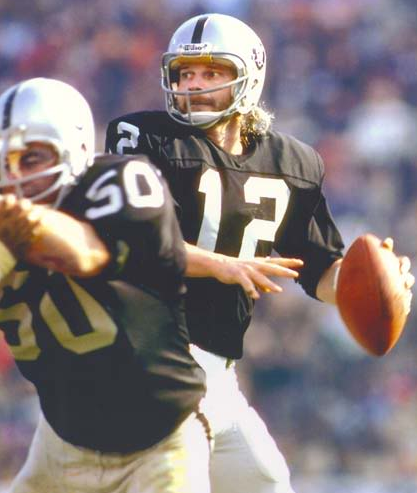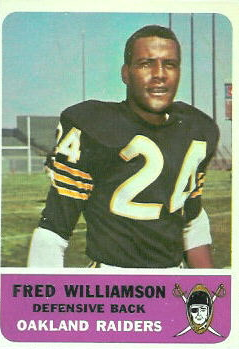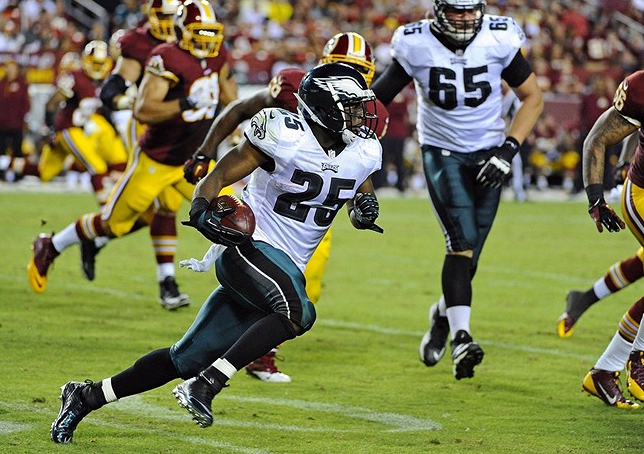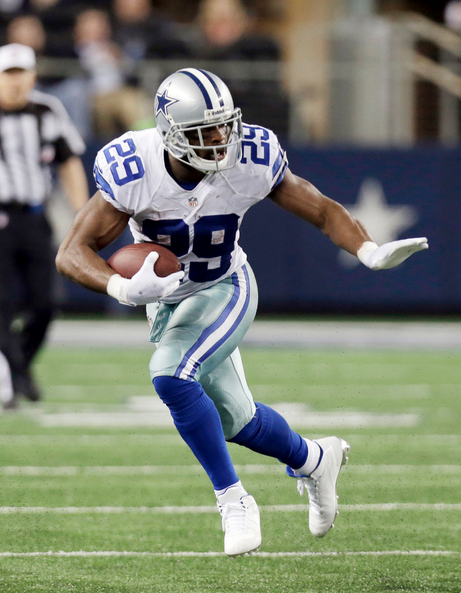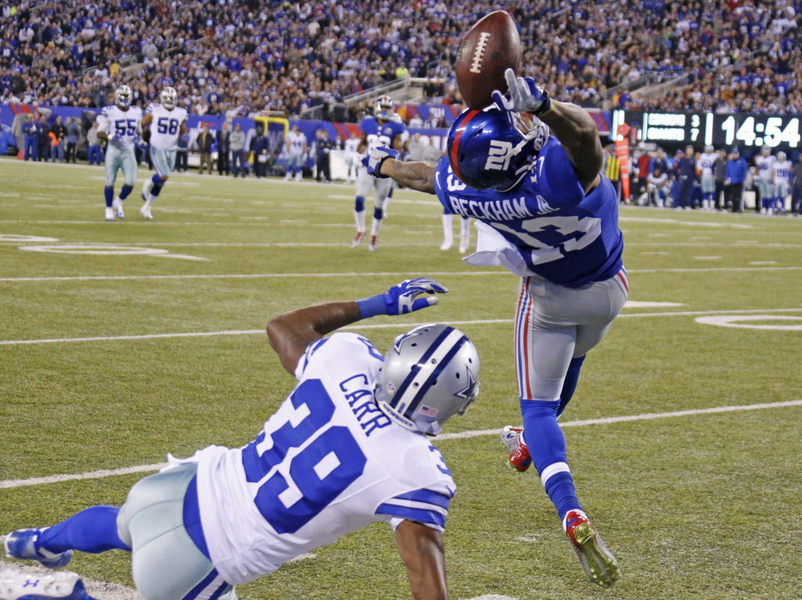More than a few NFLers have played college basketball — especially in the two- and three-sport eras – but only a handful have made much of a mark in the NCAA Tournament. Here are the five most notable ones (and a handful of others who also took part in March Madness):
● Antonio Gates, TE, Chargers, 2003-present — As a junior, Gates led 10th-seeded Kent State to the Elite Eight, averaging 18.8 points and 7.3 rebounds in the tournament. He was the game’s
high scorer with 22 when Golden Flashes knocked off third-seed Pittsburgh in the Sweet 16. Alas, he was a tweener by NBA standards, a muscular 6-4, so he opted for a pro football career. San Diego signed him as an undrafted free agent and, 788 catches and 99 touchdowns later, he’s on his way to the Hall of Fame.
● Tony Gonzalez, TE, Chiefs/Falcons, 1997-2013 — Gonzalez joined California’s 1996-97 basketball squad late because the football team played in a bowl game. By the time the tournament rolled around, though, he was starting at power forward — and making a major impact. In Cal’s first-round game, he scored the Bears’ final 5 points (and 13 in all) to help the Bears edge Princeton. In Round 2, he had a team-high 23 in a victory over Villanova. His future was clearly in the NFL, though, and the following month the Chiefs drafted him 13th overall. He went on to break virtually all the records for tight ends and figures to be voted into the Hall as soon as he’s eligible.
● Sam Clancy, DE, Seahawks/Browns/Colts, 1983, ’85-93 — Clancy was an even bigger bruiser than the first two guys, measuring 6-7 and bulking up to 288 in the NFL. He was the star of Pittsburgh’s 1981 NCAA tourney team, posting a double-double (22/13) in the opener against Idaho and racking up 16 points and 6 rebounds in the Panthers’ second-round loss to North Carolina (the eventual runner-up). The NBA’s Phoenix Suns selected him in the third round, but after a year in the Continental Basketball Association he turned to football and spent the next decade as a pass-rushing specialist. In 1991, his best season, he had 7.5 sacks for Indianapolis.
● Ron Widby, P, Cowboys/Packers, 1968-73 — Widby was a fabulous all-around athlete at Tennessee, good enough to lead the nation in punting (1966), win SEC Player of the Year honors in basketball (1967) and earn letters in baseball and golf. In his one NCAA tournament (’67), he totaled 43 points and 13 rebounds in the Vols’ two games. Following a brief stint in the American Basketball Association with the New Orleans Buccaneers, he punted for Dallas and Green Bay for six seasons. He was voted first team all-pro by the AP in 1969, when he led the NFC with a 43.3-yard average, and went to the Pro Bowl in ’71, the year the Cowboys won their first Super Bowl.
● Terry Baker, QB-RB, Rams, 1963-65 — Baker had an incredible final year (1962-63) at Oregon State. In the fall he guided the Ducks to a bowl berth, won the Heisman Trophy and was the first player taken in the NFL draft. And in the winter he started at guard for an OSU basketball team that reached the Final Four. In five tourney games, he averaged 10.4 points, with highs of 21 against San Francisco and 15 in the Elite Eight against Arizona State. As it turned out, it was the peak of his career. His arm — he was a southpaw — wasn’t strong enough for the NFL, and the Rams eventually moved him to running back. By 1967, after a season in Canada, he was out of football.
● Sixth man: Cornell Green, CB/SS, Cowboys, 1962-74 — Like Gates and Clancy, Green didn’t play college football. But Dallas was intrigued enough by his size (6-3, 208) and agility to offer him a contract — and understandably so. His senior season at Utah State, the Aggies made it to the Sweet 16, and he scored 27, 26 and 20 points in their three tournament games. That got him drafted in the fifth round by the NBA’s Chicago Zephyrs, but he decided to give pro football a shot instead. He wound up going to five Pro Bowls (three as a cornerback, two as a strong safety) and appearing in four NFL title games. He also gets bonus points for being the brother of Pumpsie Green, one of the great nicknames in baseball history and the first black player for the Red Sox.
Other bench players:
● Jack Dugger, T, Lions/Bears, 1947-49 — Dugger was a 6-3, 230-pound lineman who had a nondescript pro career. But near as I can tell, he’s the only NFL player to play in two Final Fours — with Ohio State in 1944 and ’45. Of course, the Final Four was different then. The semifinals were held in separate locations, the sites of the East and West regionals, after which the winners convened for the championship game (at Madison Square Garden in those years). In the ’44 semis, Dugger scored 8 points in a loss to Dartmouth, and in the ’45 semis he scored 4 in a loss to NYU (featuring the great Dolph Schayes).
● Red Hickey, E, Steelers/Rams, 1941, ’45-48 — In the 1941 NCAA tournament, Hickey’s Arkansas Razorbacks made it to the Final Four, where they were defeated by Washington State (with Red contributing 3 points). But his real talents lay elsewhere. As an NFL receiver, he tied for fourth in the league once in touchdown catches (7 in ’48), and as the coach of the 49ers in the early ’60s, he gave us the Shotgun offense, remnants of which can still be seen today. His son Mike was the Jets’ player personnel director in the ’80s.
● K.C. Jones, DB, Rams (training camp), 1955 — Ah, what might have been. The Rams drafted Jones out of curiosity in the last round in ’55 — the year he and Bill Russell helped San Francisco win the first of back-to-back NCAA titles. During his brief time in camp, he pretty much invented the bump-and-run style of pass defense, frustrating receivers with what can only be described as a full-court press. (And while his teammates constantly complained about his hand-checking, there was nothing in the rules preventing it.) Jones had the size (6-1, 200), athleticism, toughness and smarts to be another Night Train Lane, but basketball was his true calling, and he went on to glory with the Boston Celtics as — what else? — a defensive stopper.
Clarification: Yes, Vikings legend Joe Kapp played hoops at California in the late ’50s — the Bears’ glory years under Pete Newell. But no, he never got into a Final Four game. While he did appear in three tournament games in 1957 and ’58, going scoreless, he wasn’t on the team in ’59, when Cal won the NCAA title. Why? “I couldn’t play basketball [that season] because of the Rose Bowl,” he once said. (The Bears lost in Pasadena to second-ranked Iowa, 38-12.)
Sources: Encyclopedia of College Basketball by Mike Douchant, The Encyclopedia of the NCAA Basketball Tournament by Jim Savage, pro-football-reference.com, sports-reference.com.


